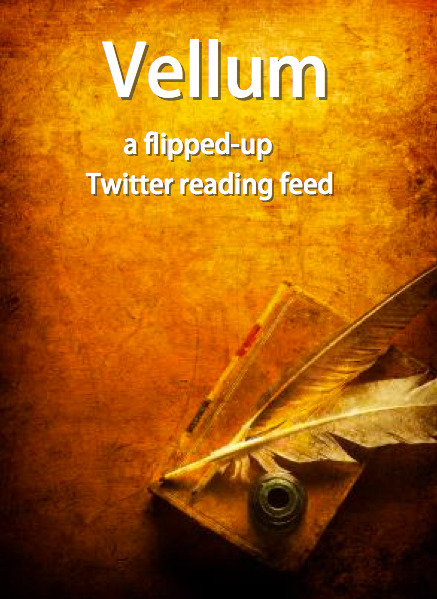Via Robin Good
Get Started for FREE
Sign up with Facebook Sign up with X
I don't have a Facebook or a X account
 Your new post is loading... Your new post is loading...
 Your new post is loading... Your new post is loading...
|

Robin Good's curator insight,
March 13, 2013 9:48 AM
The thing that amazes me most when it comes to what is supposedly "news and content curation" on platforms like Scoop.it, is that some of the most popular and trafficked channels have nothing to do with curating a topic for a specific audience. Why? Because if you look at the supposed "curation" done on these channels, it is nothing but simple and often very superficial picking and unrestrained sharing of links with absolutely no concern for checking, verifying or let alone reading what is being posted. This is how I long lost trust for many such curators. Because they are literally doing the opposite of what a true content curator should do: vet, verify, analyze, explore, check, add, inform, contextualize and reference. In this light, I am not actually despising their work, because without them even realizing it, they are slowly creating the best opportunity and conditions for whoever does quality curation to shine a million times brighter. As noise-generators they provide tremendous opportunity to those who know for real how to filter noise out. Catherine Lombardozzi writes: "Filtering is an early step in the curation process, but a critical one. Our learners count on us to cut through the noise and find the most useful materials to support their learning. If they find that we have collated material that is inaccurate, out-dated, or relatively useless, they’ll go back to using their own search methodologies for finding materials, and our attempts to support them will be for naught." And I must holeheartedly agree with her about the importance for curators, to be true, effective filters. In this article, she offers some valuable guidelines and suggestions to help anyone interested in curation and in learning how to become an effective filter. Rightful. 7/10 Full article: http://learningjournal.wordpress.com/2013/03/11/the-curators-filters/ (Image credit: Polarizing filter - Shutterstock) 
digitalassetman's comment,
March 14, 2013 2:46 AM
And they need to have their discernment filter set on high alert.
|













app developed by @nytlabs
Vellum acts as a reading list for your Twitter feed, finding all the links that are being shared by those you follow on Twitter and displaying them each with their full titles and descriptions.
This flips the Twitter model, treating the links as primary and the commentary as secondary (you can still see all the tweets about each link, but they are less prominent).
Vellum puts a spotlight on content, making it easy to find what you should read next.
Test 4